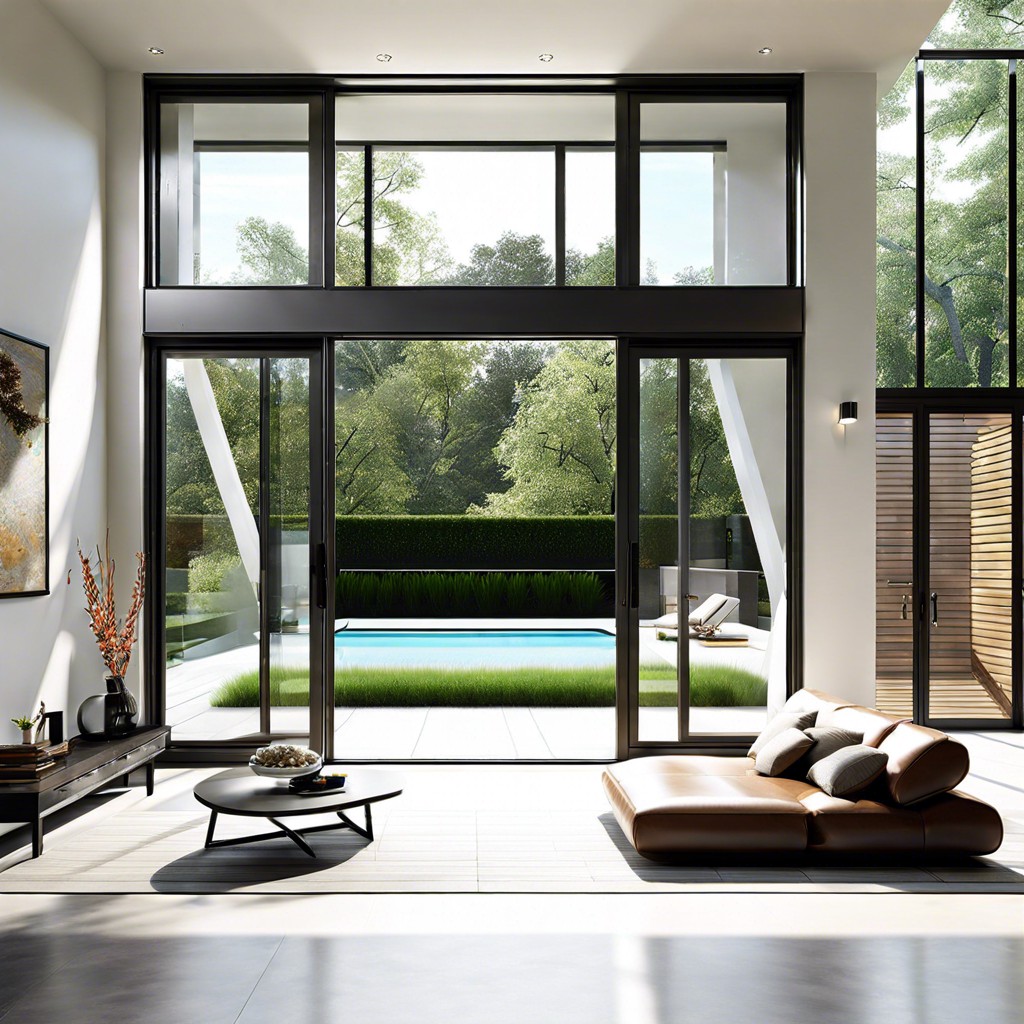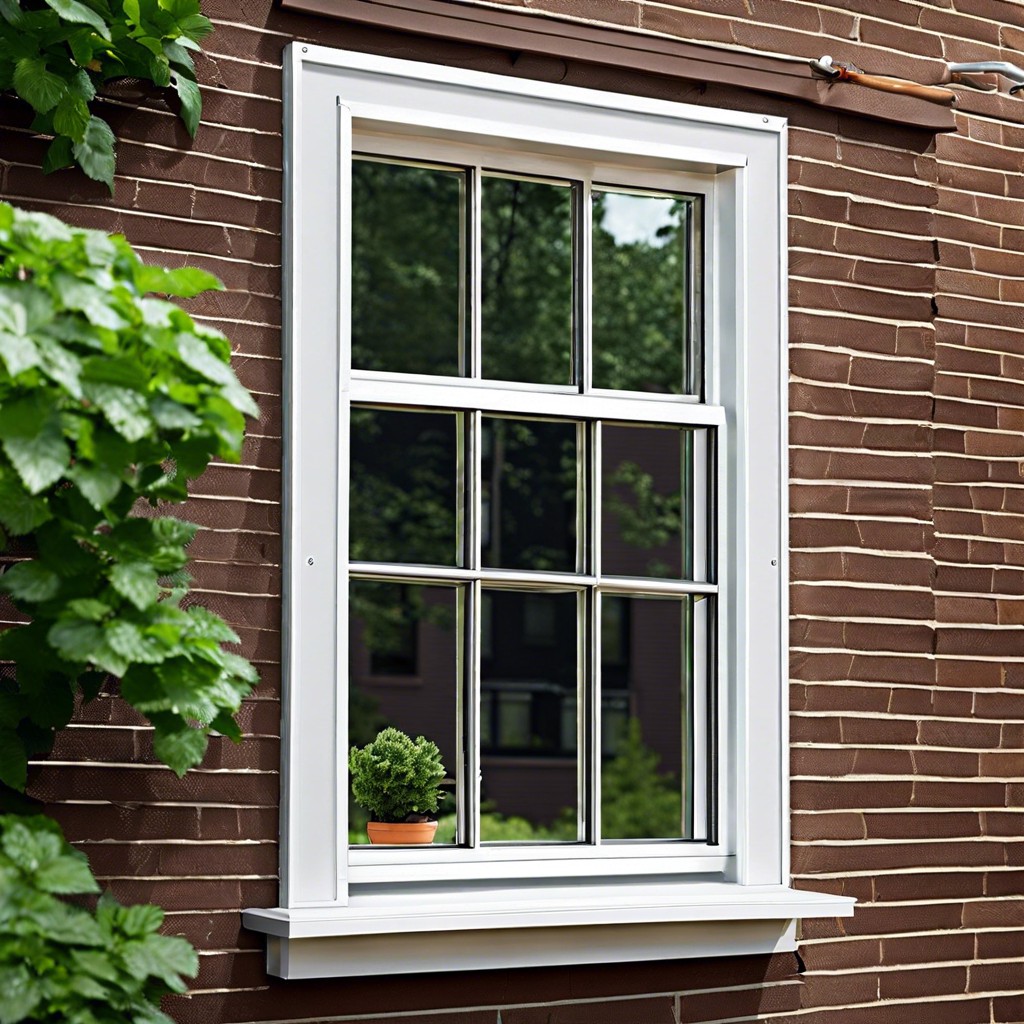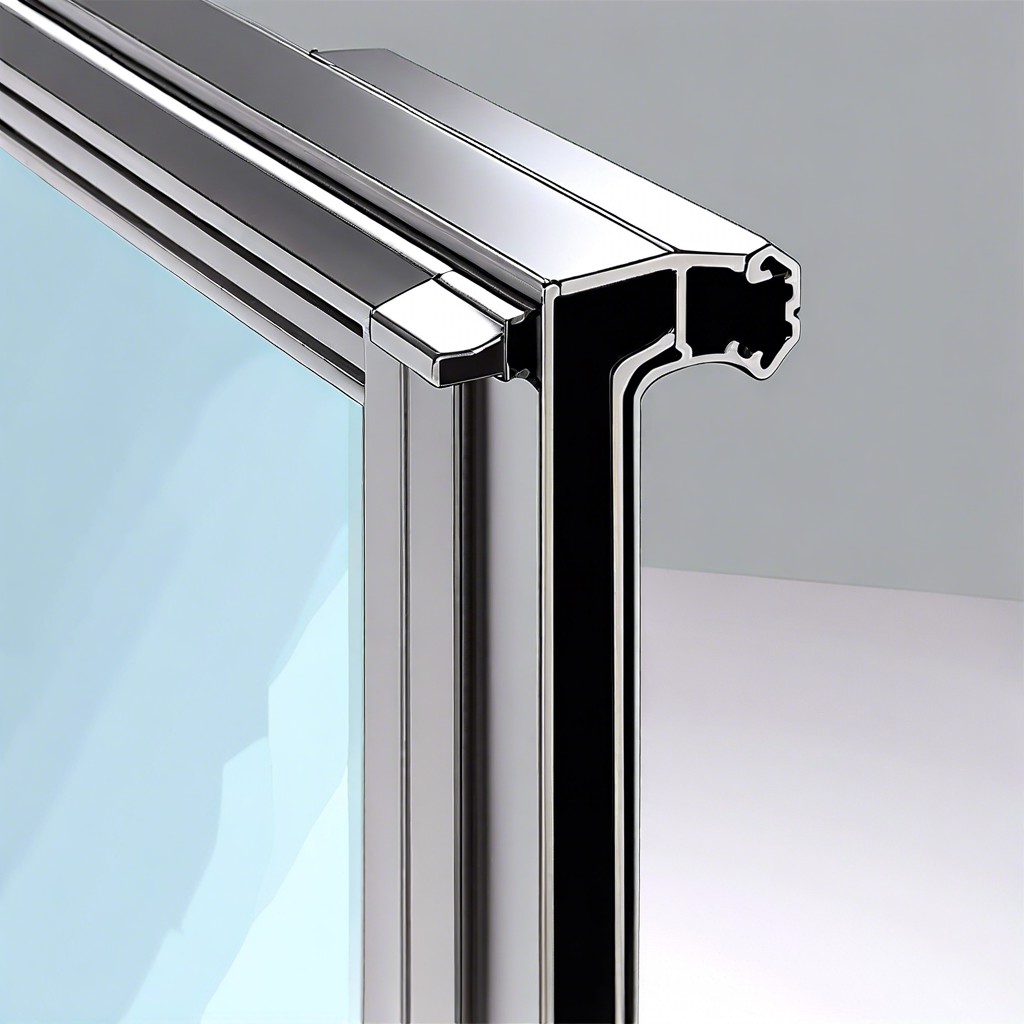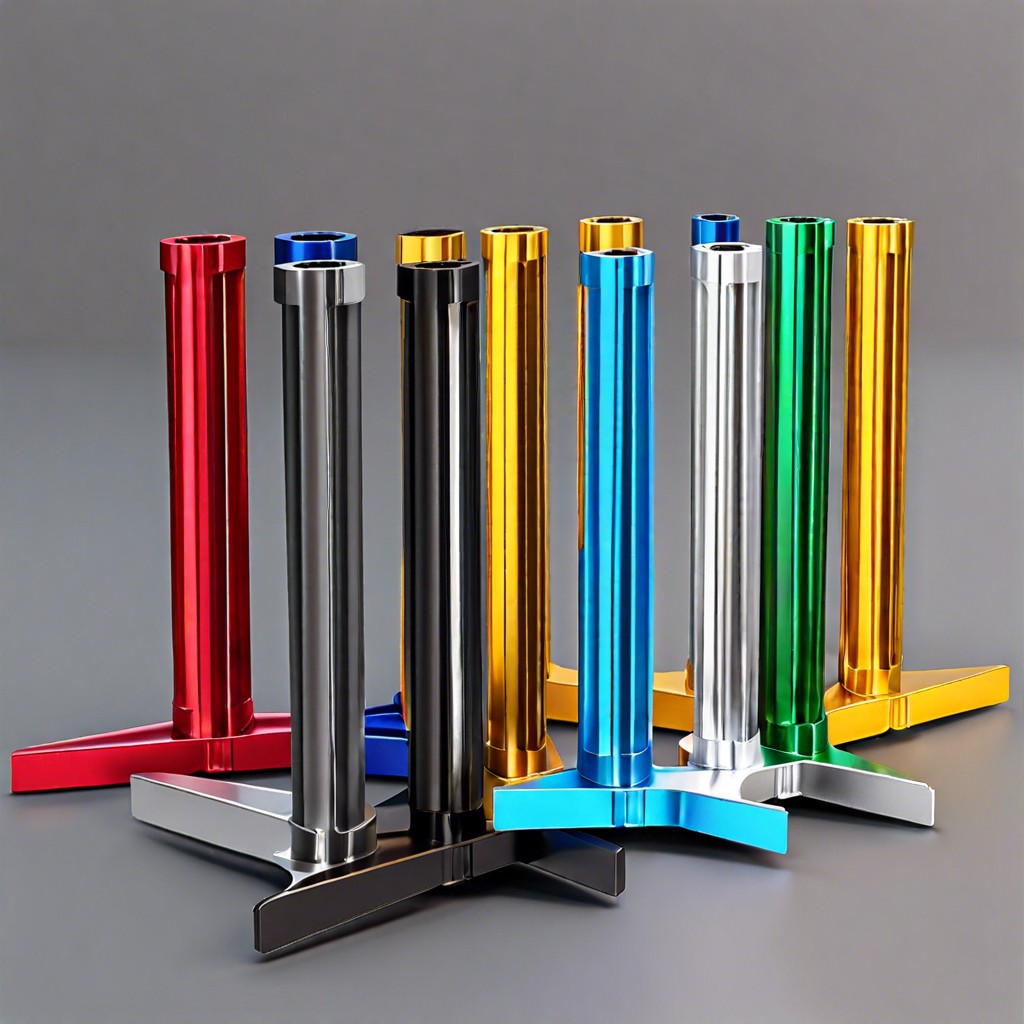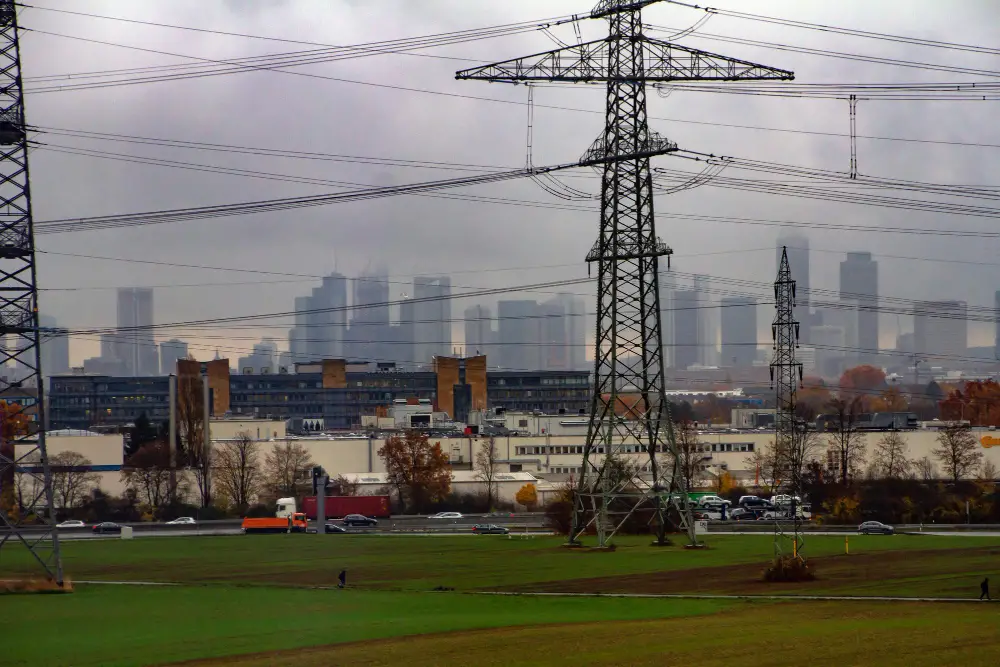Let’s explore the importance of energy-efficient windows in sustainable architecture and how they can help us build a more environmentally friendly future.
As a child, I remember staring out of my bedroom window on cold winter mornings, watching the frost form intricate patterns on the glass. The beauty of nature was captivating, but as an adult, I’ve realized that those windows were not just a portal to the outdoors; they were also responsible for significant energy loss in our home.
As someone who writes about house windows and their impact on sustainability, I understand how crucial it is to choose the right windows for your home. That’s why today’s post is all about energy-efficient windows and how they can help you build a sustainable future.
Whether you’re an architect looking to design eco-friendly buildings or a homeowner looking to reduce your carbon footprint, this post will provide valuable insights into the world of energy-efficient windows.
Sustainable Architecture
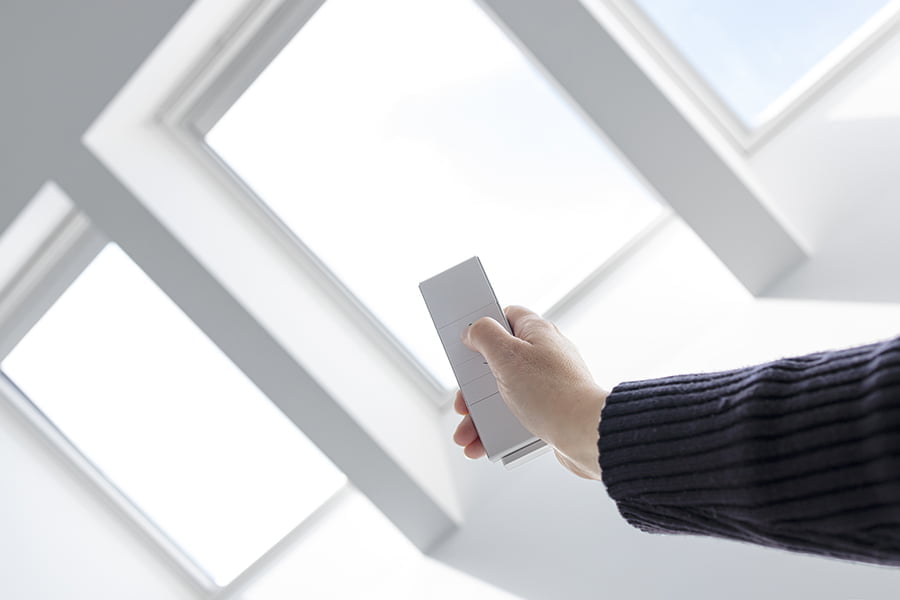
Sustainable architecture is all about designing environmentally responsible, energy-efficient, and cost-effective buildings. It’s a concept that has gained significant traction in recent years as people become more aware of how their actions impact the planet.
As someone who cares deeply about sustainability, I believe every building aspect should be designed with this goal in mind – including its windows. Energy-efficient windows help reduce your carbon footprint and provide numerous benefits, such as lower energy bills and improved indoor comfort.
In my experience writing about house windows, I’ve seen how much difference choosing the right kind of window can make to a home’s overall sustainability. That’s why it’s essential to understand what makes an energy-efficient window and how it can contribute to sustainable architecture.
So let me take you through some key features of an energy-efficient window so you can make informed decisions when building for the future!
Energy-Efficient Windows

Energy-efficient windows are a crucial component of sustainable architecture. They help reduce energy consumption by minimizing heat loss during the winter and preventing excessive heat gain during the summer.
This helps lower your energy bills and reduces your carbon footprint, making it an eco-friendly choice for homeowners and architects alike.
As I grew older, my fascination with windows turned into a passion for sustainability. I realized that our homes could be designed in such a way that they not only provide us with comfort but also contribute positively to the environment.
Energy-efficient windows include double-pane or triple-pane glass, low-emissivity coatings (Low-E), gas fills between panes (such as argon or krypton), and insulated frames made from materials like vinyl or fiberglass.
By choosing these types of windows over traditional single-pane ones, you can significantly improve your home’s insulation while reducing noise pollution at the same time. Some energy-efficient window models even have smart features like automatic shading systems that adjust based on sunlight exposure levels throughout the day!
Energy-efficient windows are an excellent investment for anyone looking to build sustainably while still enjoying all of their home’s comforts!
Window Technologies
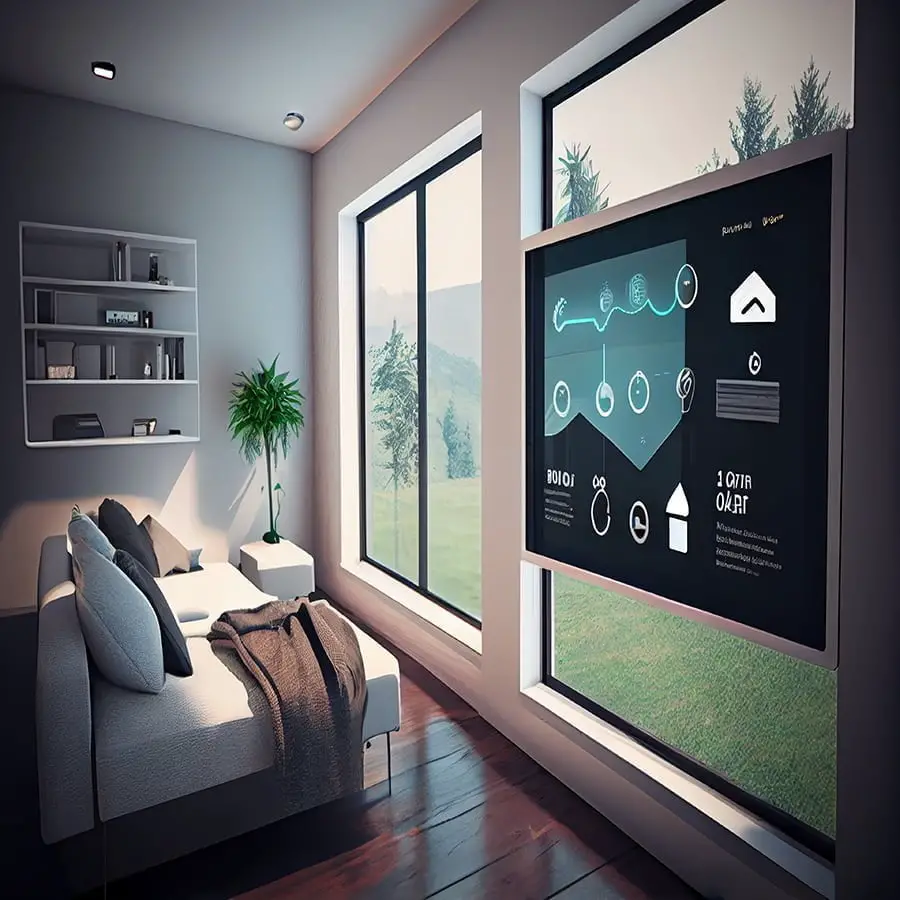
When it comes to energy-efficient windows, there are several technologies available in the market. These technologies can help reduce your energy bills and carbon footprint while also providing a comfortable living environment.
One of the most popular window technologies is Low-E (low-emissivity) glass. This type of glass has a special coating that reflects heat back into your home during winter months, keeping you warm and cozy without relying on excessive heating systems.
During summer, this same coating helps keep unwanted heat out of your home.
Another popular technology is triple-pane windows with three layers of glass instead of two like traditional double-pane windows. The extra layer provides better insulation against outside temperatures resulting in less energy loss inside the house.
In addition to these advanced window technologies, other features, such as gas fills between panes or insulated frames, further, enhance their efficiency levels.
As we continue building for our future generations’ sustainable architecture must be at the forefront, with eco-friendly materials and designs being prioritized over conventional ones. By choosing high-performance windows with cutting-edge technology today, we can ensure our homes remain comfortable year-round while reducing our environmental impact for years to come!
Insulation and Glazing
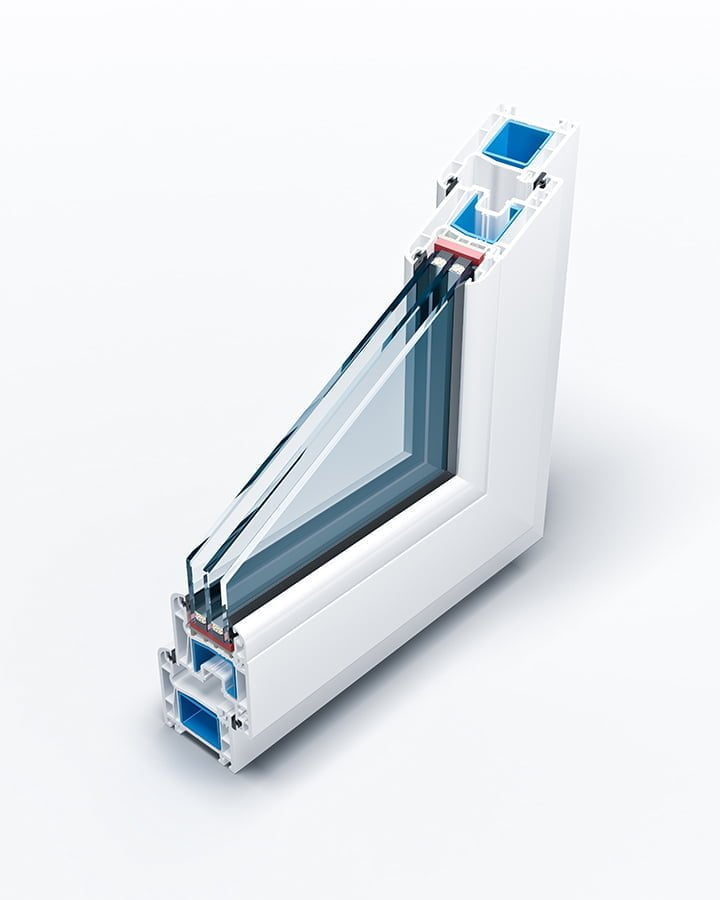
When it comes to energy-efficient windows, insulation, and glazing are two critical factors that can make a significant difference in your home’s overall sustainability. Insulation helps keep the heat inside during winter and outside during summer, reducing the need for artificial heating or cooling.
Glazing refers to the glass used in windows, which can also impact energy efficiency.
As I mentioned earlier, my childhood bedroom window was not insulated properly. It allowed cold air to seep into our home during winter months and warm air out during summers – leading us to rely heavily on heaters or ACs throughout the year.
However, with advancements in technology, today’s homeowners have access to high-performance insulating materials such as Low-E (low-emissivity) coatings that reflect infrared light back into your room instead of letting it escape through your window panes.
Similarly, when it comes down to choosing glazing options for sustainable architecture, double-glazed windows are an excellent choice because they provide an extra layer of insulation between indoor/outdoor environments while still allowing natural light inside without compromising thermal comfort levels.
Investing in well-insulated frames combined with high-quality glazing options like double-glazed units will reduce your carbon footprint by minimizing reliance on artificial heating/cooling systems while enjoying comfortable living spaces all year round!
Passive Solar Design
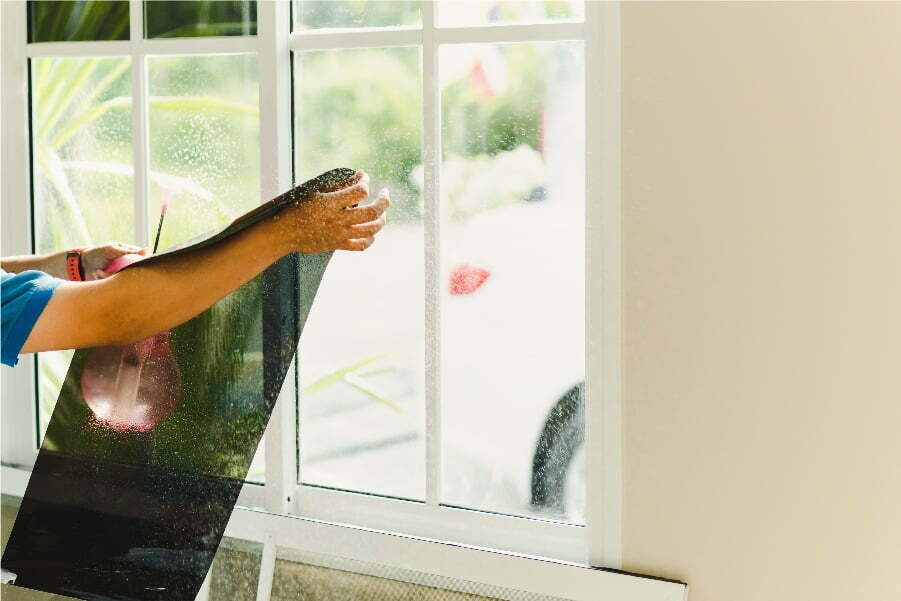
One of the most effective ways to reduce energy consumption in buildings is through passive solar design. This approach involves designing a building’s layout, orientation, and window placement to maximize natural light and heat from the sun.
As I grew older and learned more about sustainable architecture, I realized that my childhood bedroom window was not designed with passive solar principles in mind. The single-pane glass allowed too much heat to escape during winter months while letting in too much sunlight during summer months.
Today’s architects have access to advanced technologies that allow them to create aesthetically pleasing and energy-efficient buildings. By incorporating features such as double-paned windows with low-emissivity coatings or insulated frames made from materials like vinyl or fiberglass, they can significantly reduce a building’s heating and cooling costs.
The passive solar design also considers factors such as shading devices like awnings or overhangs, which help block out direct sunlight during hot summer days while allowing it inside on colder winter days when warmth is needed most.
By embracing these principles of sustainable architecture through energy-efficient windows, we can build for the future without sacrificing comfort or style.
Smart Glass Solutions
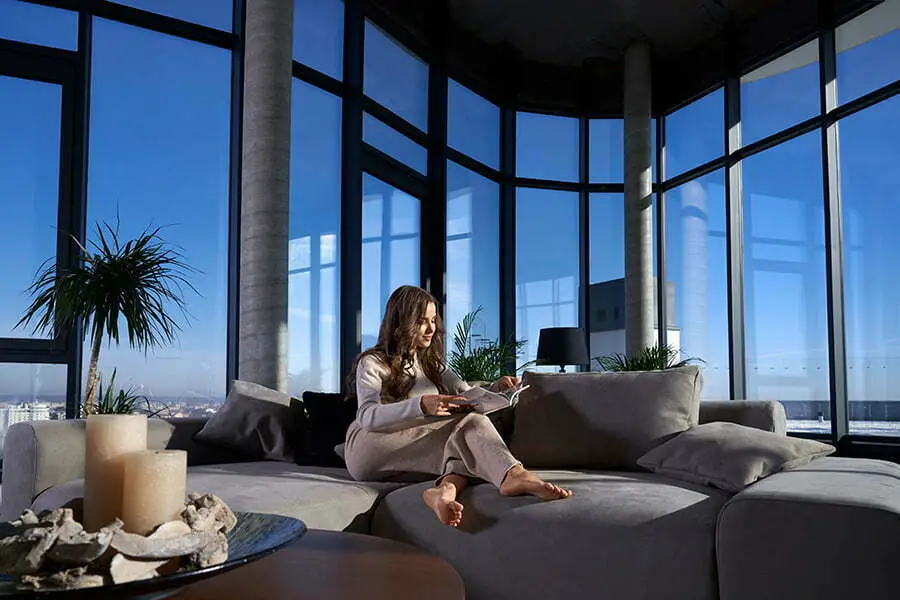
Smart glass solutions are a game-changer when it comes to energy-efficient windows. These innovative windows use electrochromic or thermochromic technologies to adjust their tint based on external factors such as sunlight and temperature.
This means they can help regulate indoor temperatures by blocking out heat during hot summer days while allowing natural light in, reducing your reliance on air conditioning systems.
But smart glass doesn’t just save you money on energy bills and enhances your living experience by providing privacy without sacrificing natural light. With a simple switch or remote control, you can change the opacity of your window from clear to opaque for added privacy whenever needed.
Incorporating smart glass solutions into sustainable architecture is an excellent way forward for those looking towards building homes with minimal environmental impact while still enjoying modern conveniences like automated lighting and heating systems.
By investing in these cutting-edge technologies today, we’re not only building better homes but also paving the way for future generations who will inherit this planet from us – let’s make sure we leave them something worth inheriting!
Thermal Performance

Traditional windows can be a significant source of energy loss in your home. This means that heat escapes through your windows and into the cold outdoors during the winter months.
Similarly, during summer months when you’re trying to keep cool air inside your home, hot air from outside seeps in through poorly insulated or inefficiently designed windows.
However, with modern advancements in window technology and design practices focused on sustainability and efficiency have led us towards better solutions for this problem.
Today’s high-performance window systems are designed with multiple panes of glass separated by insulating gas-filled spaces that reduce heat transfer between indoors and outdoors while allowing natural light into homes without compromising comfort levels.
In addition to these advanced designs, features such as low-emissivity coatings (low-e), which reflect radiant heat back into rooms instead of letting it escape outwards, also help improve thermal performance significantly.
By choosing energy-efficient windows for sustainable architecture projects or even just upgrading existing ones at home we can build a more sustainable future together!
Cost-Benefit Analysis
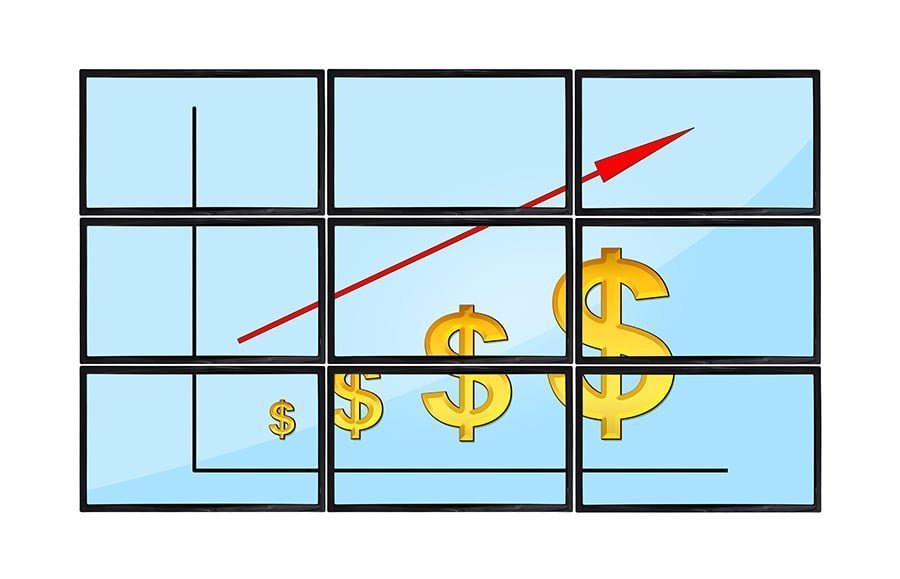
As I mentioned earlier, energy-efficient windows are a crucial component of sustainable architecture. They help reduce your carbon footprint and save you money on energy bills in the long run.
However, some people may hesitate to invest in these types of windows due to their higher upfront costs.
That’s where a cost-benefit analysis comes into play. By weighing the initial investment against the long-term savings on energy bills and potential tax credits or incentives, you can determine whether it makes financial sense for you to install energy-efficient windows.
But as someone who cares about sustainability and building for the future, I believe investing in eco-friendly solutions is always worth it – even if it means paying more upfront.
Not only will you be doing your part for the environment by reducing your carbon footprint, but over time those savings will add up and pay off both financially and environmentally.
So when considering which type of window to install in your home or building project – think beyond just initial costs; consider how this decision impacts our planet’s future too!
Green Building Standards
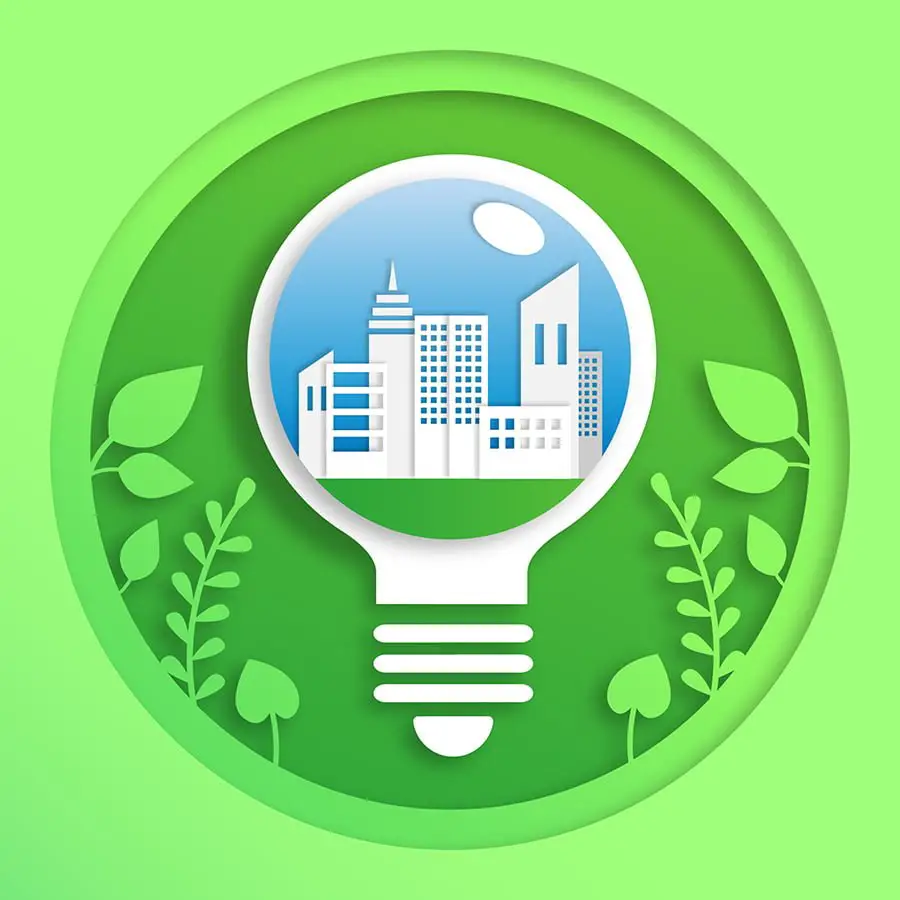
As we continue to build and design homes, we must prioritize sustainability. One way to do this is by adhering to green building standards.
These standards are designed to ensure that buildings are constructed with the environment in mind, from the materials used in construction down to the energy efficiency of appliances.
When it comes specifically to windows, there are several green building certifications you can look for when selecting your products. The most common certification programs include ENERGY STAR®, LEED (Leadership in Energy and Environmental Design), and Passive House Institute US (PHIUS).
Each program has its own set of criteria for energy efficiency, durability, air leakage rates, and more.
By choosing windows certified under these programs or similar ones like them – you’re helping reduce your carbon footprint and ensuring a healthier living space for yourself or future occupants of your home.
As someone who cares about sustainable architecture, I believe that investing time into researching eco-friendly options is worth every penny spent on quality products such as energy-efficient windows.
Not only will they help save money on utility bills over time, but also contribute positively towards our planet’s health!
Recap
